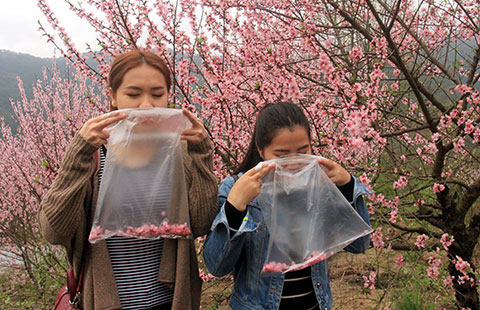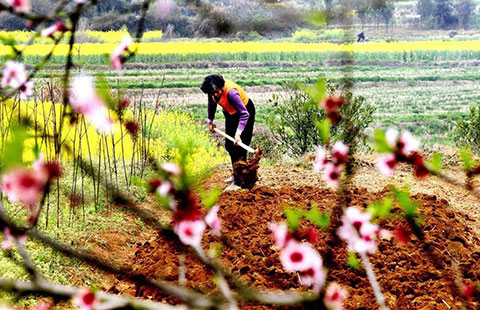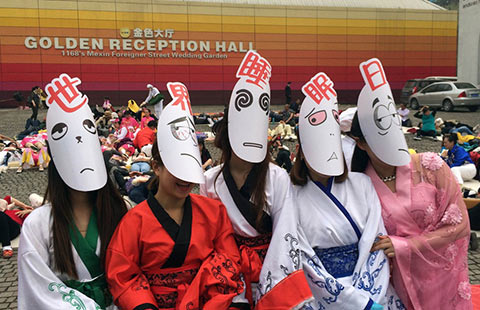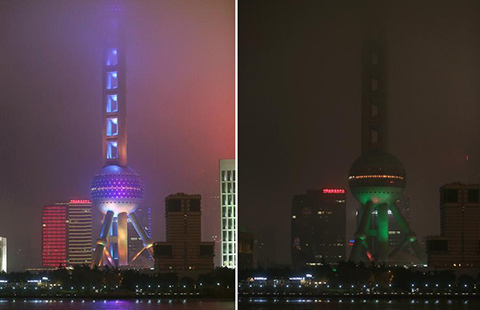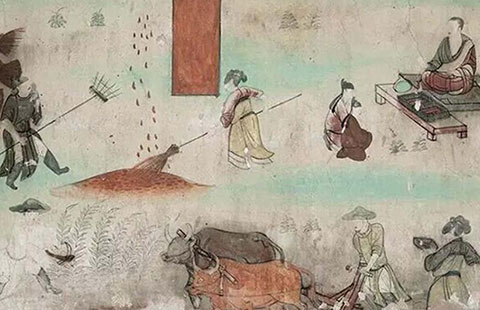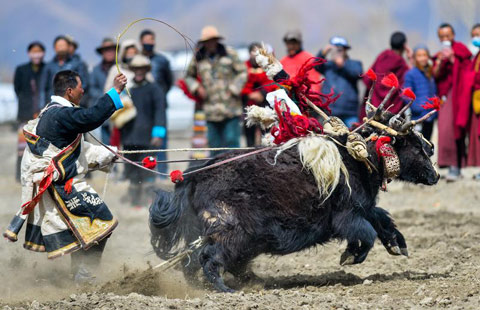

Chen Keshi has never forgotten the white fox she encountered years ago: it became the biggest driving force behind her work in Changchun's nature reserve.
"I still remember her crystal-clean eyes when I met the fox around Jingyuetan Lake. They brought out in me the deepest love and respect for nature," said the spokeswoman for Changchun Jingyue National Hi-tech Industrial Development Zone.
The zone is named after the large crescent lake at its centre, which is often compared with Riyue (Sun and Moon) Pond in Taiwan.Only 18 kilometers southeast from the downtown area, it is considered by many to be a rare and pure part of the big city. It comprises a forest of more than 100 square kilometers — the biggest manmade one in Asia — and a water surface of 430 hectares. With more than 30 species of tree, it has a complete forest eco-system.
With its favorable environmental advantage, Jingyue Hi-tech Zone focuses on the development of emerging industries, particularly modern service industry. The zone's fixed asset investment reached 113 billion yuan in the 11th Five-Year Plan period. It contributed 23.51 billion yuan, accounting for 18 per cent of the city's overall service industry. The sector has become the leading force in promoting the growth of the regional economy.
"We have found the way to balance the environment and economy over the past years. Protection rather than destruction has been proved to be the best method of development in the long run," said Chen.
The conundrum facing many local governments in China is how to manage a rapidly growing economy and at the same time protect the environment.
This issue is particularly challenging for Changchun, one of China's most important industrial bases.
Located in the heart of Northeast Asia, Changchun is one of nation's most important granaries. Local government figures show its grain and meat output holds the leading position in China. The area around Changchun is one of great environmental importance.
However, the area is also home to one of China's largest automobile, train and other manufacturing bases.
Developing the eco-economy has been listed as key to the city's strategy in recent years. The Changchun city government also regards it as a fundamental component of its accelerated development strategy.
Gao Guangbin, the Party chief of Changchun, said: "We are maintaining the eco-system and improving city's environment in all aspects including water, traffic and residential communities. The aim is to build Changchun into a forest city."
Under this green strategy, the local government is accelerating development in the area by investing in the rapid expansion of the eco-economy.
The city is keen to support a number of other new initiatives in this area, including the development of four key industrial zones and its high-profile commitment to a free-tax zone, being carried out in association with the FAW car manufacturer and many other big companies.
Xu Lin, deputy director of Changchun Gardens Bureau, said the city now has 28 parks and green cover over an area of 1,622 hectares.
As an indication of how seriously the local government takes its responsibilities, it has rejected many projects purely on environmental grounds in the past. This stems from its commitment to block the sources of any potential pollutants in the area.
Identified sources of industrial pollution were closed down under a crackdown by the local government. The direct benefit of this policy is the increasing number of visitors.
In recent years, Changchun's "excellent urban air days" have been more than 345, ranking it the best in northeastern China.
"We will insist on increasing urban green spaces in the development of the zone and implementing the concept of harmonious development of the economy and the environment," said Sun Yaming, vice-mayor of Changchun, who is also in charge of Changchun National High-tech Industrial Development Zone.
A 11.97-square kilometer wetland park, which lies in Changdongbei Core Area of the zone, has been open to visitors since 2011. It is also the region's largest artificial wetland park. Another two zones, the Changchun Economic and Technological Development Zone and Changchun Automotive Economic Trade and Development Zone, also pay specialattention to environmental protection and development.
Chen said Jingyue was first built to protect the city's water reserve.
"Many local residents have planted one or more trees here. It has become our lifestyle. We planted the forest and now benefit from it," she added.
Recently, Jingyue along with other zones' eco-tourist areas were listed among China's foremost tourist attractions.
"Our success proves that there is a way to balance the economy and the environment. We will stick to the green road and develop eco-tourist attractions andemerging industries," said Chen.
Contact writers at Liu Mingtai@chinadaily.com.cn, wuyong@chinadaily.com.cn
Han Junhong contributed to the story

